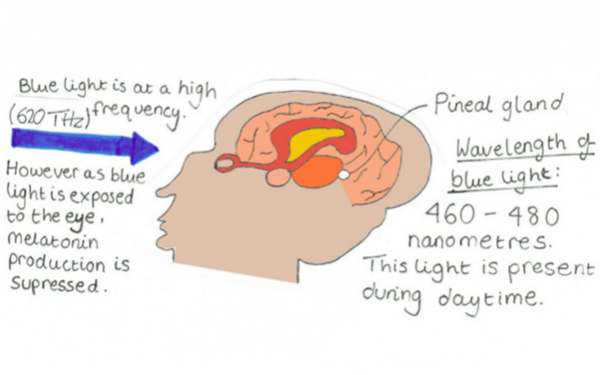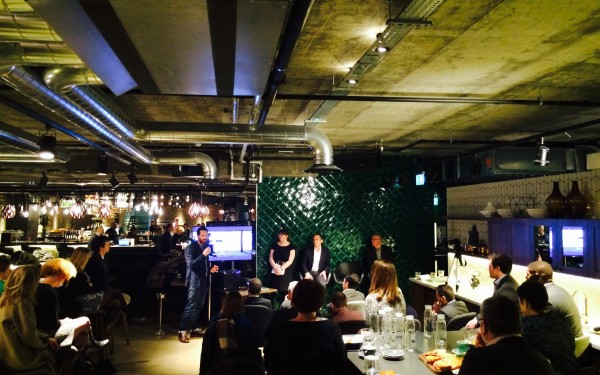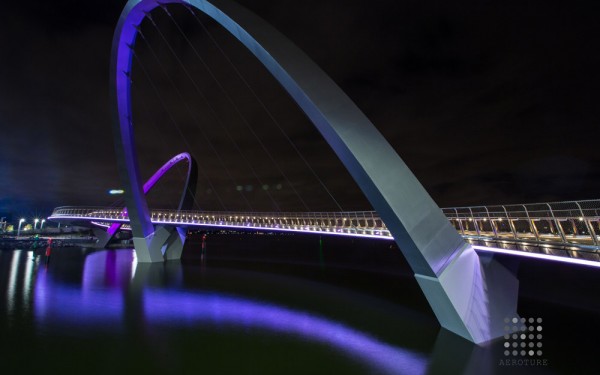How to get a job in lighting design
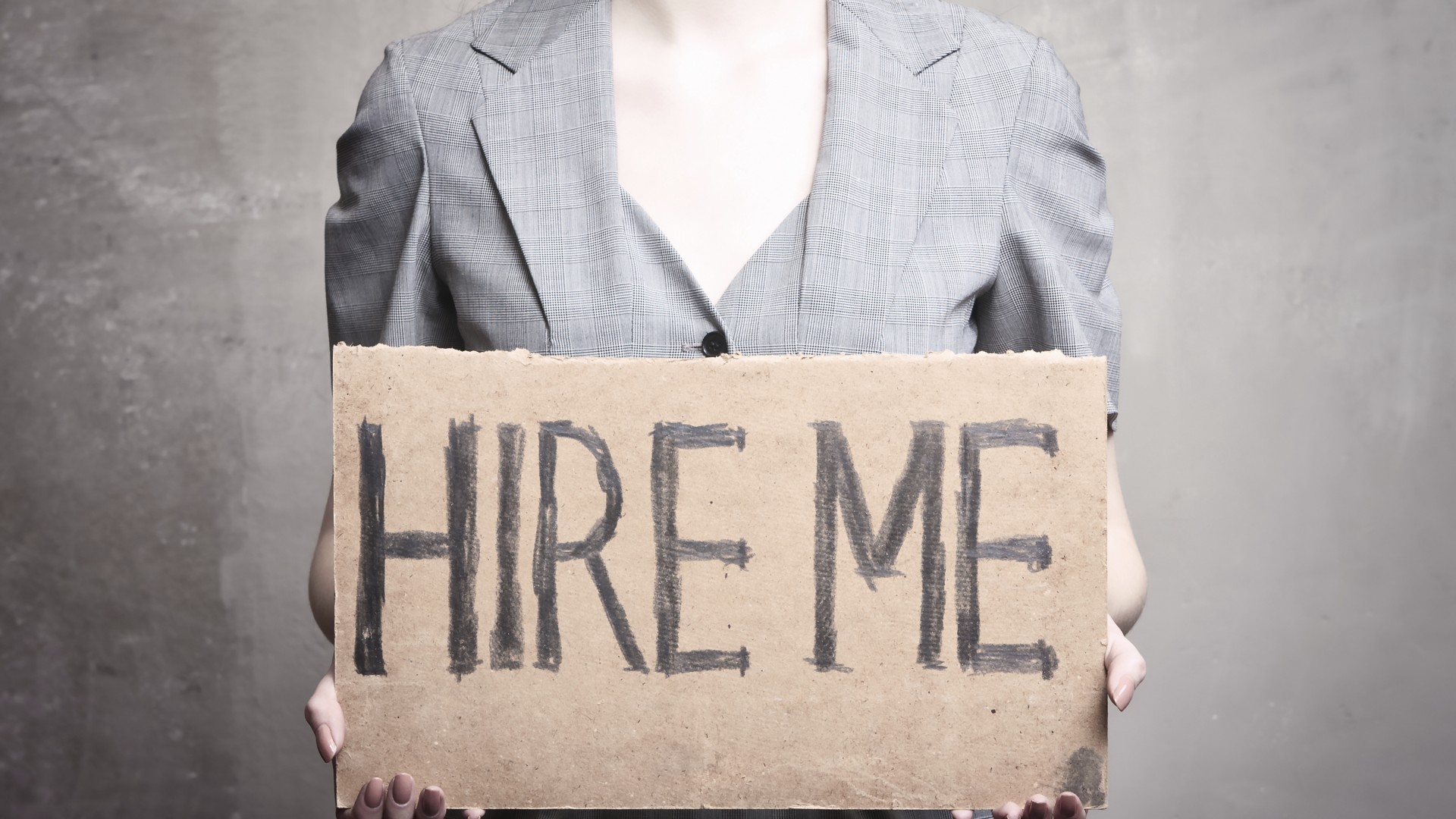
Posted on
February 26th 2016
Posted in
Uncategorized
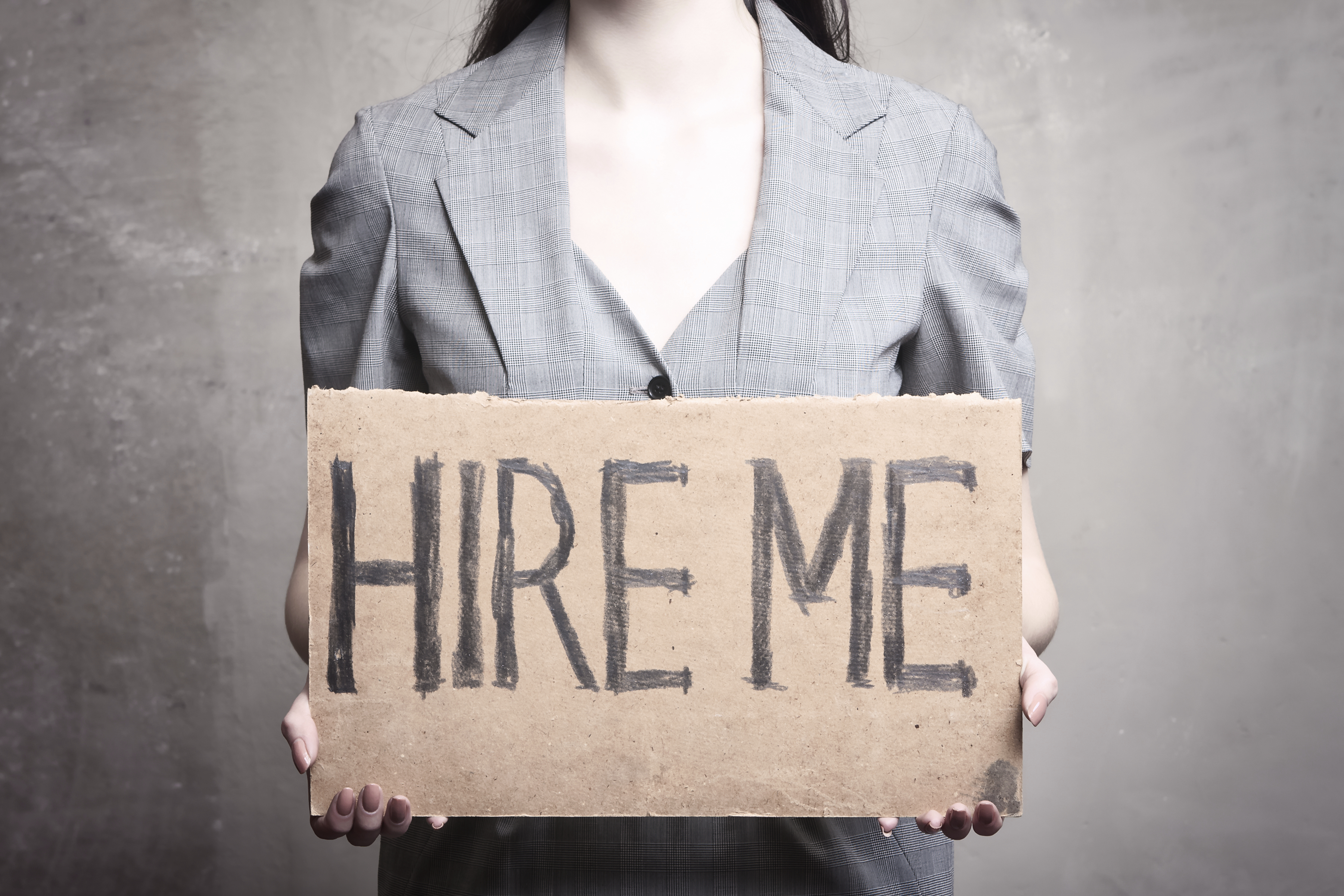
So you want to get a job as a lighting designer…
Well done for choosing one of the most interesting careers in the design sector. Get your foot in the door and you’ll probably get to work on some really cool projects and even cooler people. The work is rewarding and important–crucial for the success of any architectural project. You might even sound interesting when talking to strangers at dinner parties.
You now just have to get a job. The problem, of course, is that because being a lighting designer is such a cool gig, you’re going to be up against some stiff competition. Let’s take a look at what you need to know to nail your pitch and land that position.
An important thing to understand is…
…that that while your career path is very important to you, your potential employer will have different priorities. To paraphrase JFK, ask not what your potential employer can do for you – ask what you can do for your employer. Your employer will be most interested in her own business and you have to understand what it is that you are uniquely skilled to do which will make her business more successful. This is the key to getting hired.
Do your research and decide who you are going to approach and what are your unique selling points. You need to plan your approach–this is a critical moment; get this right and you’ll probably get an interview and your chance to blow them away face to face!
Let’s explore further…
Do your research
This ain’t a numbers game. Better to send one amazing application than a dozen half-arsed ones. Start with some navel-gazing. What kind of firm would you like to work with? What kind of projects are you most interested in? Some firms do lots of hospitality work, others lots of civic/public projects. Does travel interest you? Are you looking for a large firm or something more intimate? Where could you see yourself fitting in and flourishing?
Look at which firms have won awards in recent years in the fields that interest you. The IALD have a long-running awards program with current and past winners on the IALD’s website. The Darc Awards website would be another great resource and there may be other local awards programs too.
Engage…
Most good firms will have some sort of social media presence. Look out for their Facebook and Twitter pages, company LinkedIn account, Pinterest and Instagram. Follow them, read everything and engage with their posts. Do this, there’s a good chance that when you apply the person receiving the application will think ‘I’ve heard of that person’. That should give you a head start straight away.
And be up to date
Read up on everything you can in the relevant design press; there are plenty of good quality, lighting specific publications out there and it’s and a way to demonstrate that you have your finger on the pulse of the industry.
Your approach
Chances are that your potential employer of choice will receive heaps of applications, especially if they have been advertising lately. How are you going to make your application stand out?
Make it interesting. Make it memorable. Have it demonstrate your skills. For example, most jobs in lighting will call for some degree of proficiency in graphics, Indesign, Photoshop, CAD, hand sketching and written communication. You have a chance to demonstrate your flair in all of these areas through your application.
Make it concise. The person reading it is busy, you should respect his time. Make sure it’s easy to read communicates the key points at a glance. Make your CV and folio works of art in their own right. Perhaps a handwritten cover letter would be a nice touch. Make sure you read the instructions; I might say “please send a CV, folio and cover letter stating why you are interested in the position in PDF format”. The first round of my cull is usually to discard any applicants who haven’t done this.
Your CV
If it doesn’t fit on a single side of A4 paper then it’s too long. Remember, the person reading it is busy and they don’t want to wade through page after page of your high school grades and certificates in cycling proficiency. But do include a very succinct personal statement stating what you are looking for and make sure this is tailored for this particular application.
Lay it out thoughtfully, no funky fonts, no tiny text. Incorporate something visually interesting into the design of the page. You’re a designer, do justice to yourself by giving it the care and attention it deserves.
Make sure you include something interesting thing about yourself. Perhaps you are the president of the Succulent and Cactus Society. Perhaps you are an avid morris dancer. Human nature has it that most people like to be surrounded by interesting–and different–people. Don’t be afraid to emphasise this on your CV.
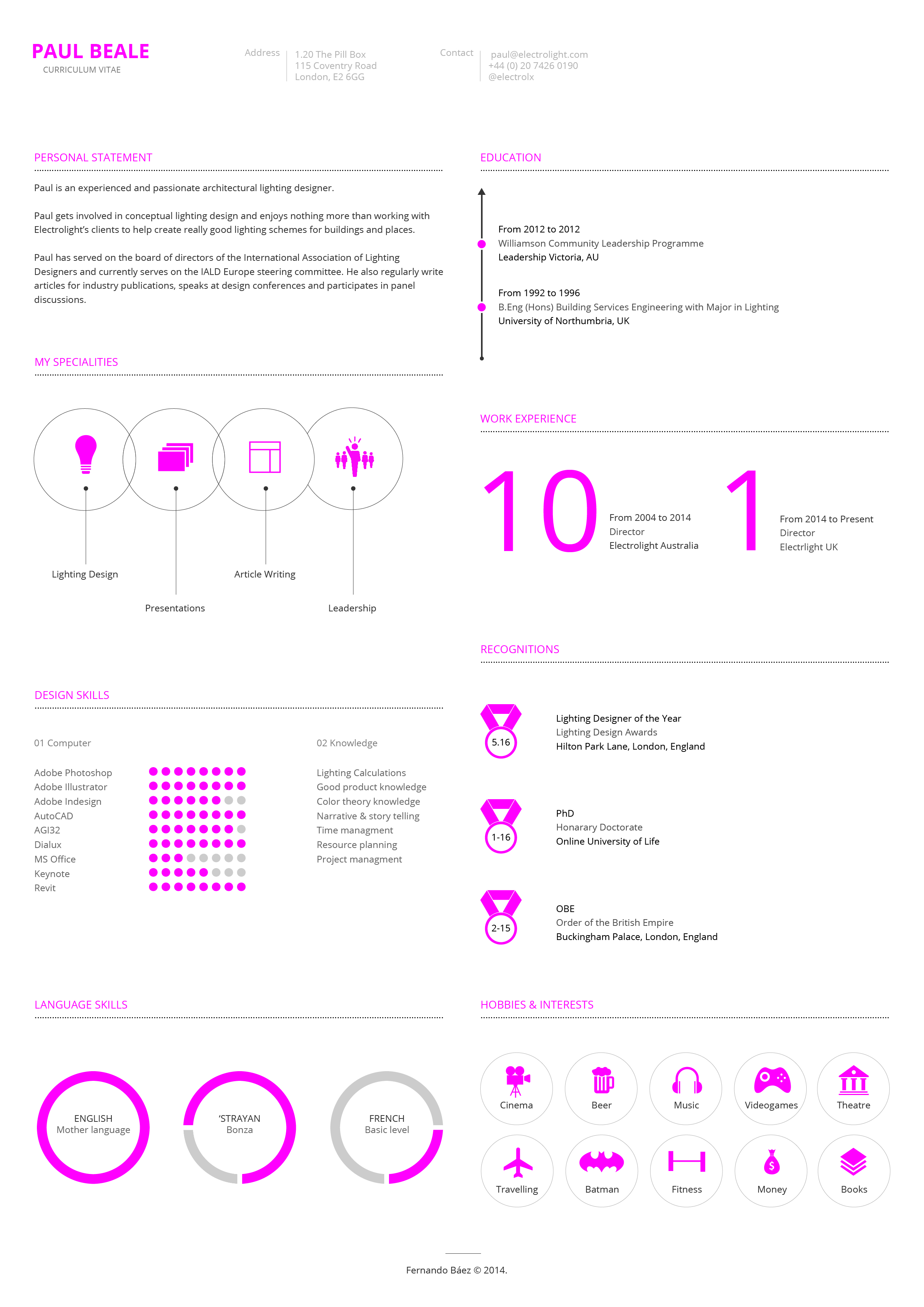
Your Folio
Here’s another great opportunity to show off your skills in graphics, drawing, painting or whatever your unique skills are. Again, be concise–4 sheets of A3 landscape would be ample. If you have more material than that, consider culling.
Show diversity in your experience. If you are straight out of uni you probably have a final year project that you have spent months pouring your heart and soul into. Tell that story – being a lighting designer is all about telling stories! Show that there was a progression from initial ideas to the development of these ideas and then honing your final solution. Photos, reference images, models, prototypes, sketches, CAD details, and the finished piece would tell a compelling story from inception to completion. Employers want to see a clarity of thinking and you need to be able to communicate your ideas effectively.
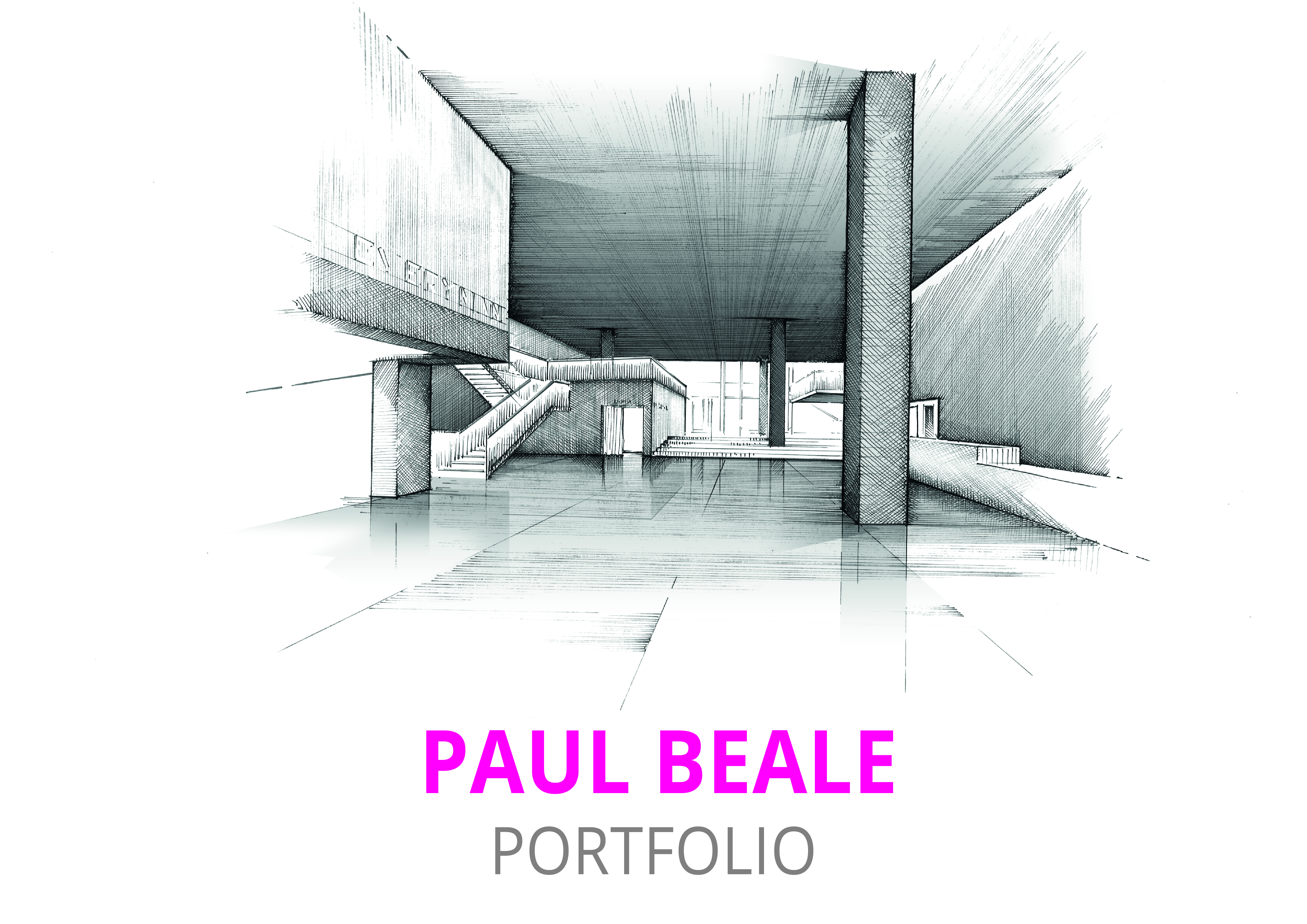
The Interview
This is your time to shine. Be prepared. Think carefully about what you’d like to show your potential employer. Obviously you could present your folio but she’s seen that already. Is there some more material that perhaps tells more of the back-story to the polished folio presentation? Have it all ready to go on your iPad or laptop and check it’s working beforehand. The last thing you (or your interviewer) wants is for you to be faffing trying to find the correct file or trying to connect to a wifi network.
Be on time. Exactly on time. One of my pet hates–and this happens ALL THE TIME–is when a candidate turns up 15 minutes early and someone in the firm has to stop what they are doing to look after them. The message this sends is that the candidate doesn’t respect the interviewer’s time. The interviewer probably runs the company and she’s super-busy. The first few minutes of your interview are crucial; don’t get on the wrong side of your interviewer by being unpunctual.
Put some effort into your appearance and wear something smart. Your Metallica tee shirt or reindeer jumper are unlikely to do you any favours. Your interviewer will assume that this is the best you can do and that this is what you’d wear to a client meeting if you were hired.
I try to keep interviews to about 15 minutes, 30 max. It’s OK to ask how much time you have beforehand and this knowledge will inform how you prepare. Be ready to tell your story in that timeframe.
Think about what questions your interviewer might want to ask. She may ask things like:
Why should I hire you? This is a great opportunity to summarise your best selling points, for example: “Because I am REALLY into lighting, I have excellent experience/education and skills in graphic design which I feel would be useful to your firm. I understand I don’t know everything but I’m keen to learn and am confident that I would make a great addition to your team”.
Why do you want to work here? Here’s your chance to show that you have done your research, thought about the type of work that interests you and that you’ve chosen this firm as the best in this class. The interviewer will be impressed and flattered.
What are your goals? Focus on the short to medium term and present them in terms of mutual benefit to you and the firm. “I would like to hone my design skills through playing an active role in the design process and then by creating the most professional, inspiring and thorough reports and drawings. In time I would like to progress into a leadership role”
What salary do you expect? Try to avoid stating a figure. Instead consider asking what the typical salary range might be for someone in this position. Do your research first and don’t undersell yourself. You may say that you have seen similar jobs advertised elsewhere in the range of $xxx to $yyy.
What are weaknesses? Avoid personal weaknesses and look to emphasis positives, i.e. “My drawing skills are not as good as I would like, hence I take taken life drawing classes at night school”.
What was your biggest mistake and what did you learn from it? (a personal favourite of mine) We all make mistakes, showing that you are human and that you are able to learn from your experiences is a good thing.
Is there anything you would like to ask me? Here’s another great opportunity to show you’ve done your research. “I was interested to read your blog on blah, blah,” and then add your own thoughts on the issue (which don’t have to be in agreement).
Bring a notebook and pen and don’t be afraid to support your answers by drawing a sketch here and there. That’s what designers do in meetings with architects, if it looks like it’s second nature to you that will be well received..
Make eye contact, relax and smile.
At the end, thank the interviewer for her time, and ask what is the timeframe for getting back to you.
Follow Up
It’s a nice touch to send a follow up email again thanking the interviewer for her time and perhaps providing additional information that was not to hand in the interview: “You asked me about my experience of computer rendering, I thought you might like to see these examples from my final year project”.
If you don’t get an offer ask for feedback.
And finally…
You may do well in the interview and still not get the job. It may be that the employer likes you but the timing isn’t quite right for them at this moment. Keep in touch, keep following the social media and engaging with the firm and don’t be surprised if you get that call to come in for another chat soon.
Good luck!
